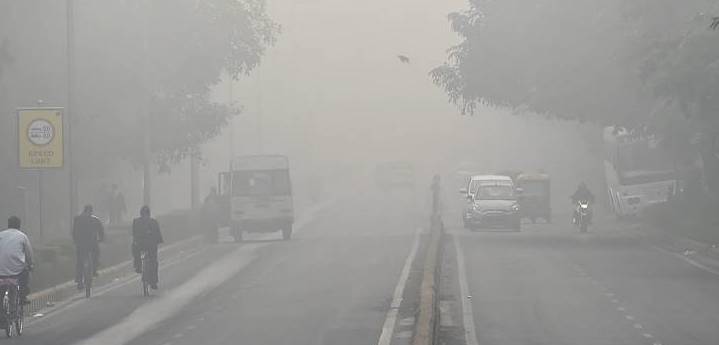New Delhi: The use of agricultural residues in power plants can help reduce pollution in the Delhi-NCR region by 8 per cent by 2025, a new study has suggested.
The study, conducted jointly by The Energy and Resources Institute and Automotive Research Association of India, suggests several measures that could help in reducing pollution by 2025.
It indicated that up to 26 per cent of pollution in the city in summer is caused by internal factors like vehicular emissions and this goes up to 36 per cent in winter.
The study suggested that use of agricultural residues in power plants can help cut down pollution by 8 per cent by 2025.
Last year, the Union Power Ministry directed the state-run power producer NTPC to blend crop residue with coal at its plants to reduce stubble burning on agricultural lands, which triggers thick smog in Delhi every year.
Increasing LPG penetration in the NCR by 75 per cent by 2025 and 100 per cent by 2030 could help reduce pollution by 6 per cent, the study suggested.
A switch from solid fuels to gas can bring down the PM2.5 and PM10 levels by 12 per cent by 2025, it added.
The study used two approaches to assess the pollution level in the Delhi-NCR region. The first was Receptor Modelling, under which the PM10 and PM2.5 levels were monitored at 20 locations across the city and the second model used advanced chemical transport approach to ascertain the emission factors.
The study also found that the industries operating in the NCR contribute significantly to Delhi’s pollution, apart from biomass burning in rural kitchens and agricultural fields.
In this study, the contribution of agricultural burning is not fully accounted for as the monitoring and modelling periods did not include the month of October, when the burning activities are generally at their peak.
